Trendy outfit ideas for a summer Mediterranean cruise
In:Setting sail in style is a challenge during the summer months. You'll want to dress well and comfortably, while also being mindful of the scorching sun.
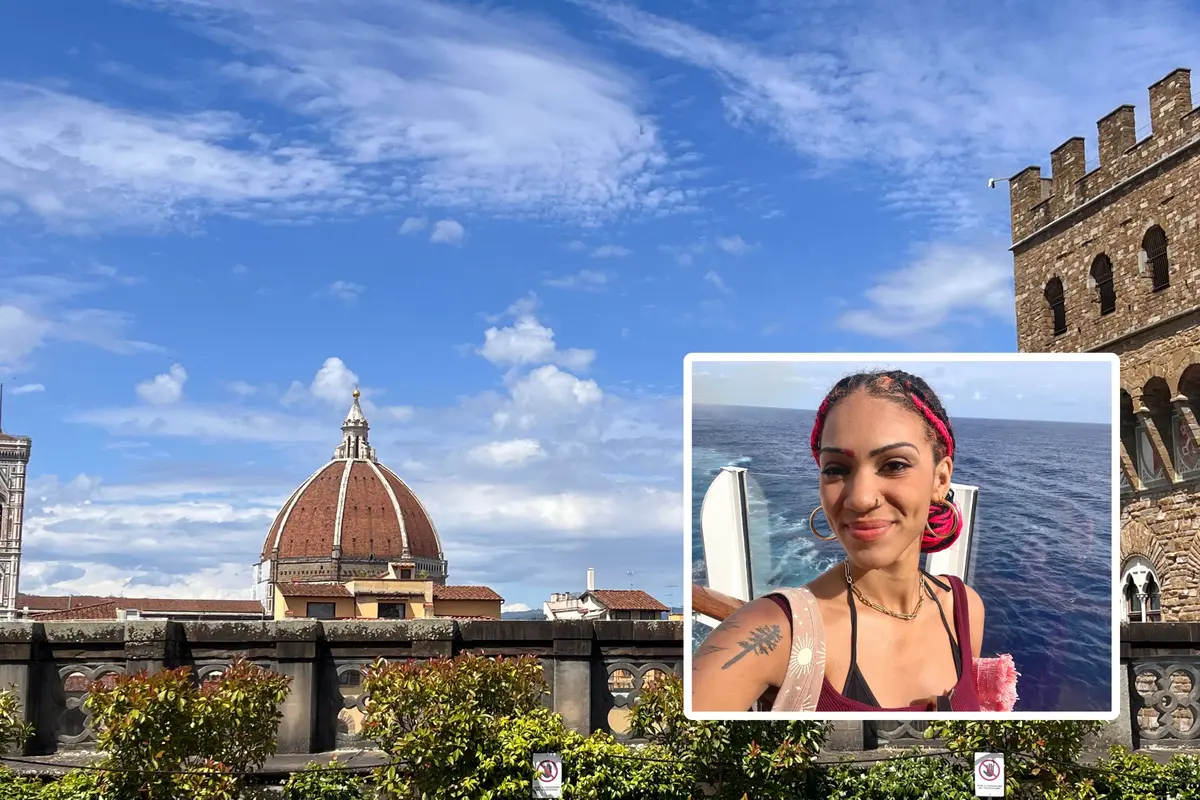
On a Mediterranean cruise, you can expect the region to run hot and dry during the summer, averaging daily highs of 85º Fahrenheit.
Not only is it important to dress carefully, but you also have a limited amount of space to pack.
For my 7-night Mediterranean cruise, I knew I had to pack light while preparing for the hot temperatures and long days.
Here's what I packed and how I styled it.
What should I pack for a Mediterranean cruise?
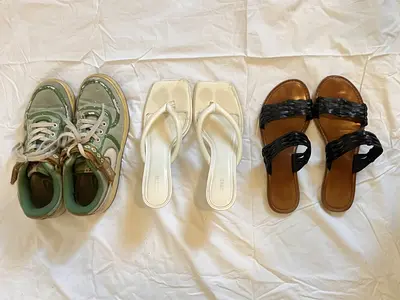
I started packing by picking out my shoes, knowing I had to choose carefully because of how much space they take up in my luggage.
They're also unavoidably important for protecting your feet and supporting you during long tours.
I packed one pair of comfortable green sneakers, one pair of white heeled sandals, and one pair of simple brown sandals.
Since I wore the sneakers on the plane and during most of my travels, my shoes didn't take up too much space in my luggage.

To continue my packing process, I selected three simple, summery dresses. Dresses make great cruise outfits for women, especially in the heat.
They can range from simple to elegant and you're able to dress them up or down depending on your shoes and accessories.
The open, flowy pattern of a dress also makes for cooler wear, and it can double as a swimsuit cover-up.

In addition to these dresses, I packed a white lace cardigan and a brown lace dress.
Either of these would work as extra layers for indoor areas with air conditioning, or as cover-ups for swimsuits.
Bringing items that have multiple purposes is a great way to save packing space and dress efficiently while traveling.
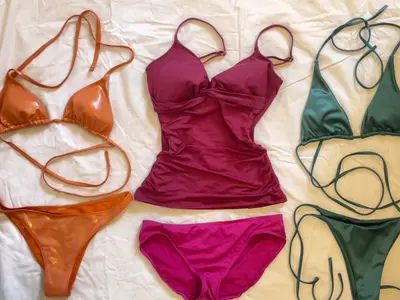
For my swimsuits, I packed two bikinis and one tankini.
I tried to choose colors that varied broadly, so I'd be able to put together a variety of different outfits.
Read more: What to wear on a cruise that works for all dress codes

Since I already packed several dresses, I selected just five small tops to wear on the cruise.
I choose a variety of, from tank tops to crop tops to a longer-sleeved shirt.
To go along with these tops, I also packed two scarves, so that I could stack layers on top if I got cold or needed to cover up more.
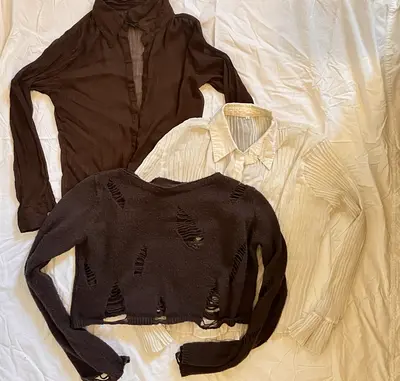
To layer over my tops, I packed three light jackets: two brown and one white.
These made for great layering pieces, because I could leave them open or button them up, depending on the temperature.
However, I did end up wishing I had brought one slightly heavier jacket to wear in cold areas like the airplane and the Main Dining Room.

I also selected one set of workout clothes, just in case I wanted to go to the gym.
As you might imagine, I never ended up going to the cruise ship's gym. My cruise involved so many long shore excursions and hours of walking that I didn't feel the need to exercise again.
However, the T-shirt still came in use for pajamas.
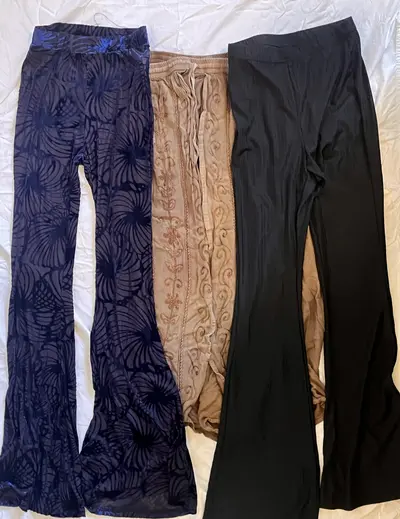
For pants, I packed three pairs of light, flowy pants. A patterned blue pair served as a more formal option for evenings, while my brown and black pairs had a palazzo cut for warmer weather.
Additionally, I packed one long skirt and two pairs of shorts. The skirt ended up being a great airplane piece, since it was long and covered my legs, but also had enough ventilation that I didn't overheat.
I also found that the shorts were my favorite pieces to wear out in the hot summer weather.
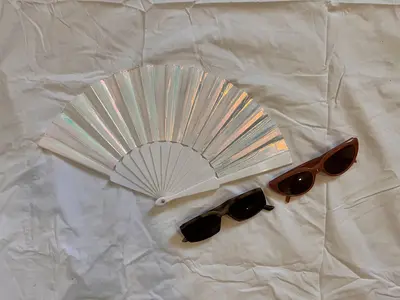
To prepare for the heat and the sun, I also packed two pairs of sunglasses and a hand fan.
The fan was a genius touch: I ended up using it everywhere and got many compliments on the idea.
In fact, I used it so much that it broke near the end of my cruise, and I immediately went out to buy another!

In addition to my pieces of luggage (a large suitcase and a comfortable backpack), I decided to bring one wide tote bag and one black fanny pack.
The tote bag was large enough to store objects like books and a water bottle, so I could carry it around the pool and to the beach.
The fanny pack made a great shore excursion tool since it could hold my wallet, phone, and power bank safely close to my body.
Outfit guide for a Mediterranean cruise

For day one, I wore shorts to protect myself from the heat and all the movement I'd be doing to board the ship.
I also paired those with one of my light sweaters, since I knew I would be exploring the ship indoors for the rest of the day.
Read more: Best travel clothes for women on shore excursions

On day 2, we visited Palma de Mallorca.
I went to the Cala Mayor beach, so I brought my pink beach hat, along with a long dress. I wore these pieces with my brown sandals.
I wore my swimsuit under the dress so that I could easily change on the sand.

That night was also formal night, so I changed into my blue pants and paired them with a sheer top and a white distressed bag I'd purchased in Spain.
To match the white elements of the outfit, I wore my white heels to dinner.

Day 3 was a sea day, so I dressed casually in a red tube top I purchased in Spain, paired with the brown palazzo pants.
Armed with my brown tote bag, this was the perfect outfit for wandering the Windjammer and longing at the pool under the sun.

For day 4, I prepared for a shore excursion to Naples by wearing jean shorts and a tank top under my light, longer-sleeved shirt.
I made sure to wear my comfortable sneakers since I knew we'd be doing a lot of walking.
Also, I styled the look with a big gold necklace but later regretted it because the waitress at a restaurant I visited told me to be careful wearing large jewelry, as it could attract thieves and put me in danger.

The cruise ship stopped near Rome, Italy on day 5, so I dressed in a crop top and jean shorts, along with my light white cardigan.
I wore comfortable sneakers again, preparing for a long day of tours.
I also brought a scarf in case I needed to cover up in air conditioning or to enter a religious building.

On our last port day—day 6—I wore a simple black skirt for my tours.
In the evening, I changed into shorts styled with a white top and jacket.
This was my outfit for dinner, karaoke, and going to the ship's nightclub.

On day 7, I styled a pair of pants that I purchased in Italy with a red tank top.
I again wore a swimsuit under my outfit so that I could go straight to the hot tub.
Read more: Alaska cruise outfits: ideas of what to wear







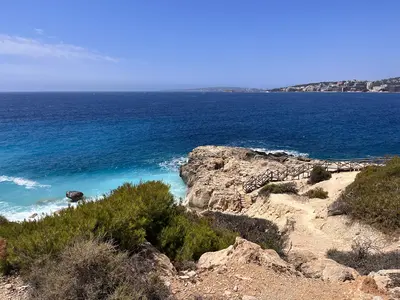
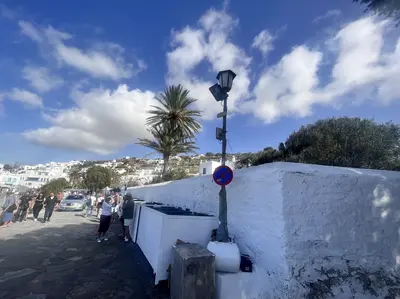



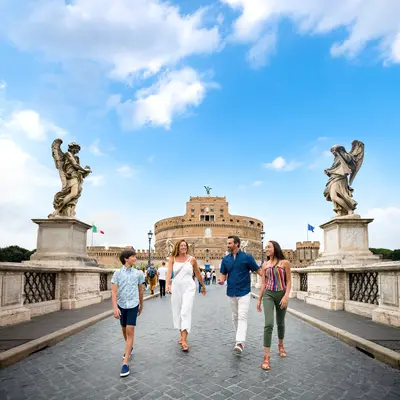

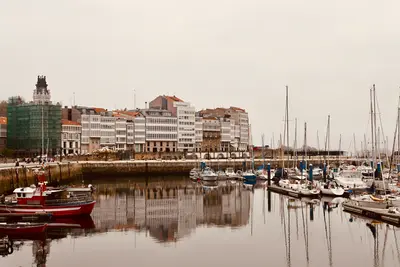

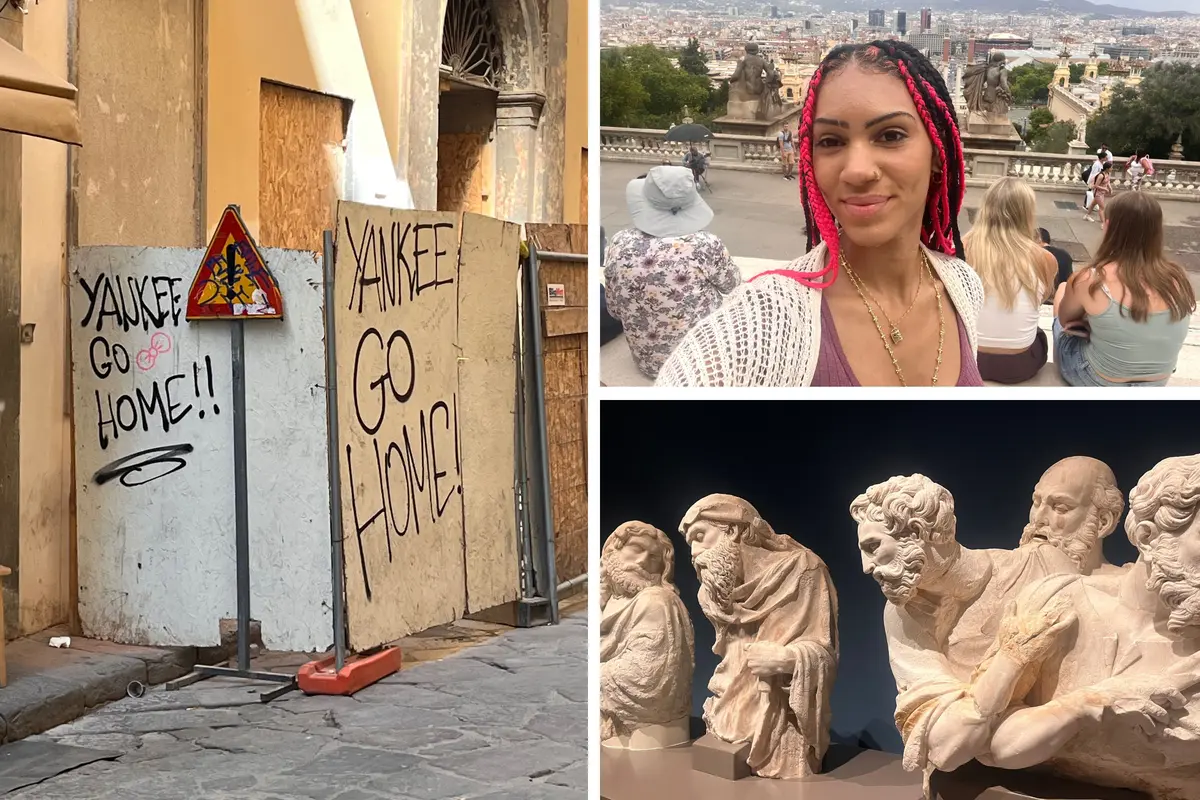

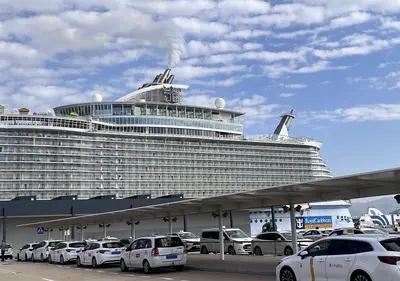





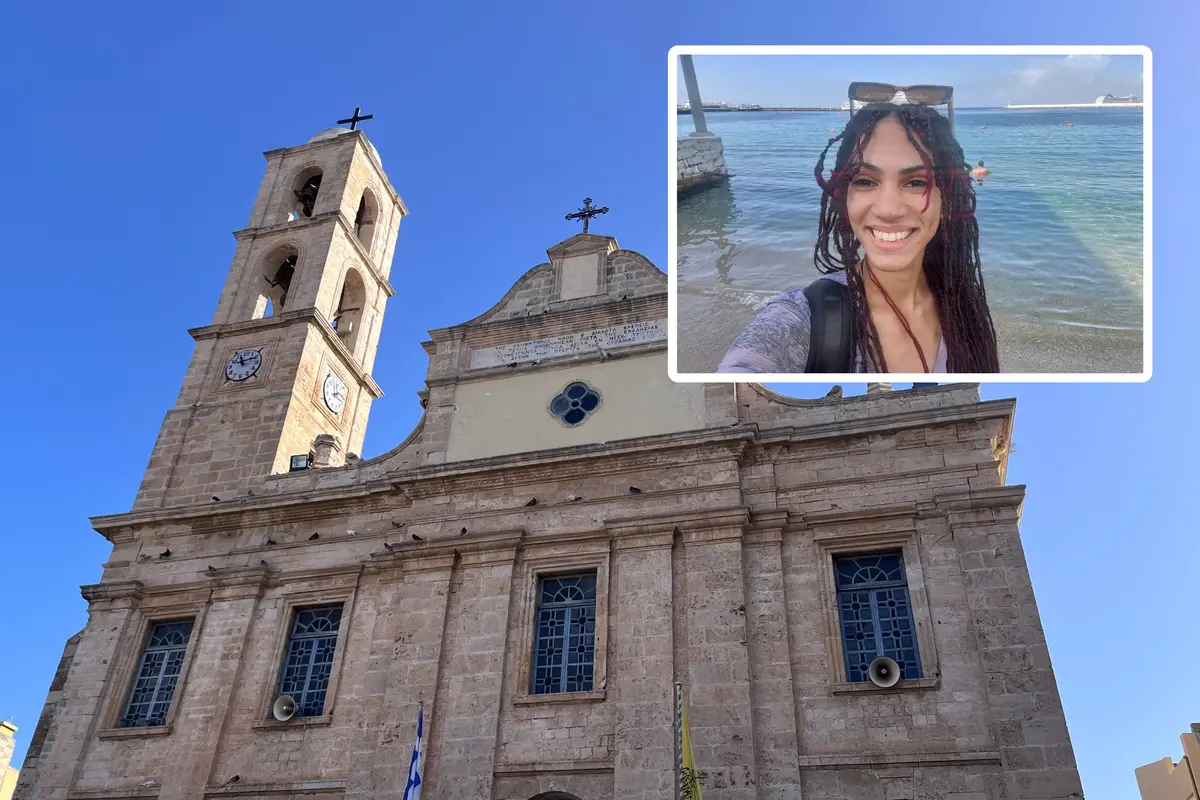

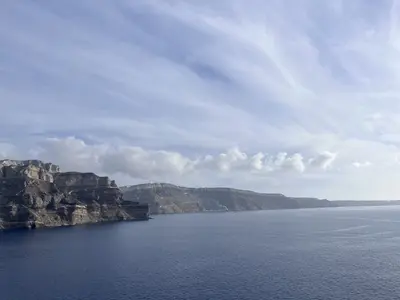
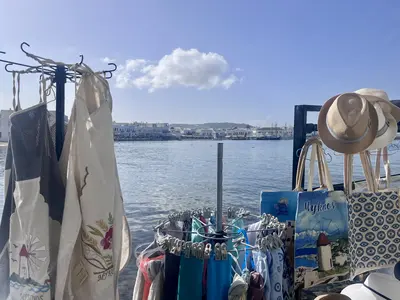

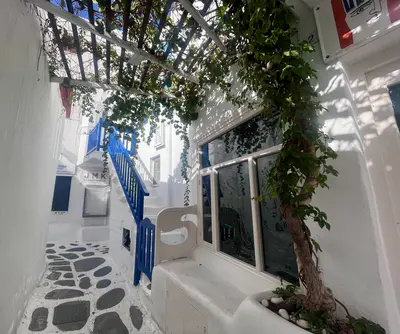

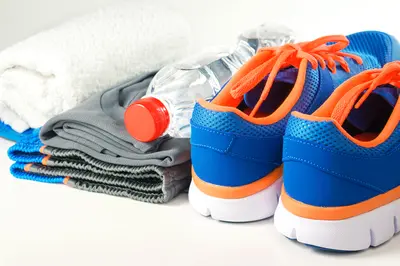
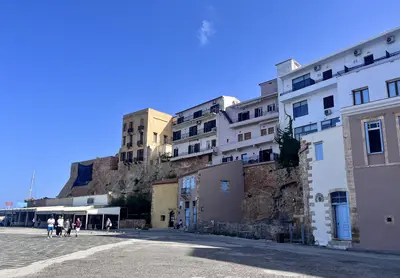




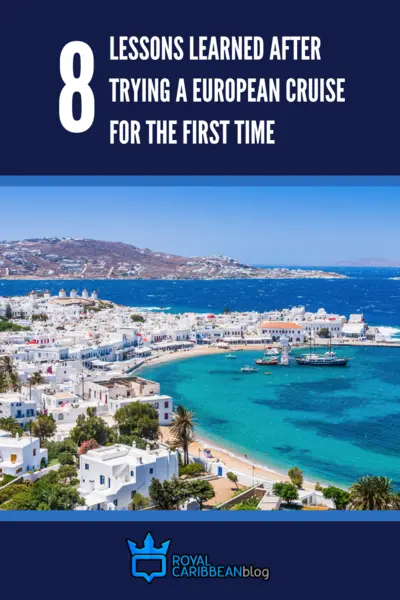
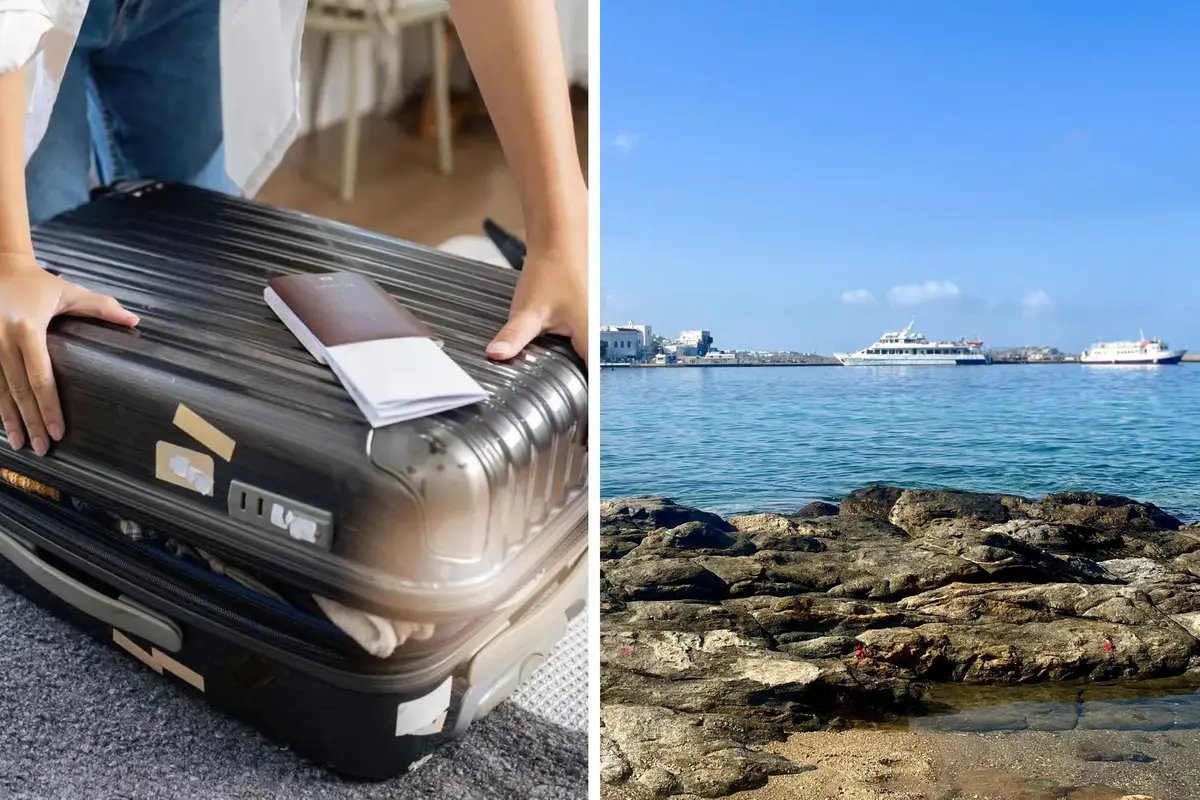
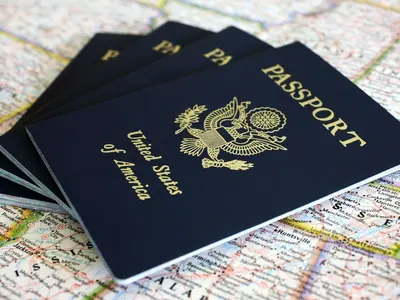
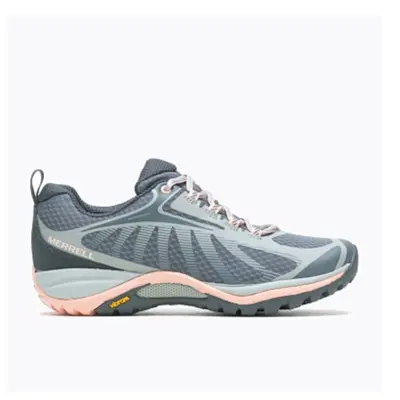


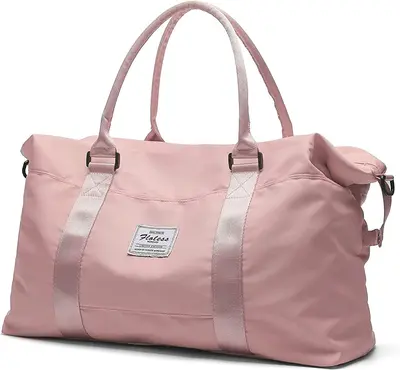

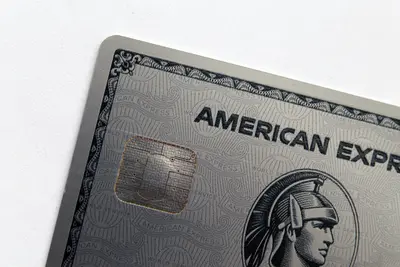
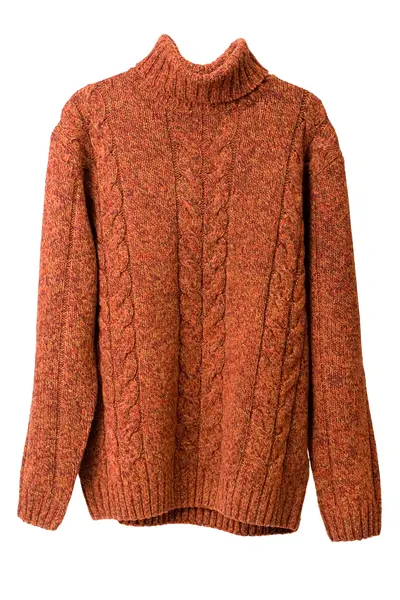

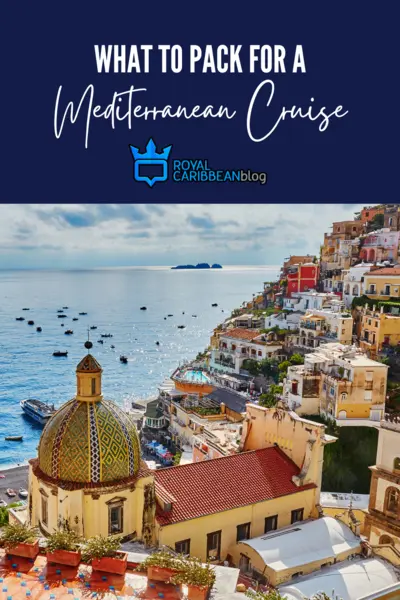
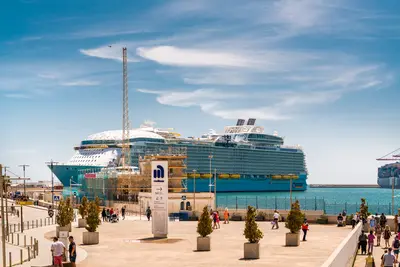


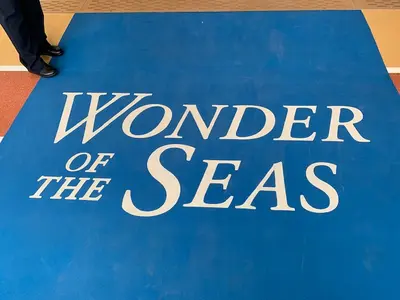
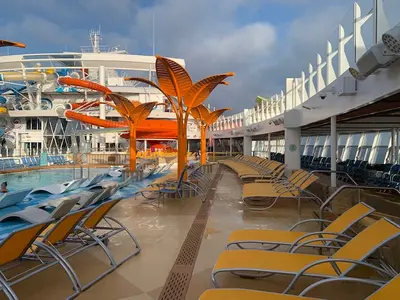

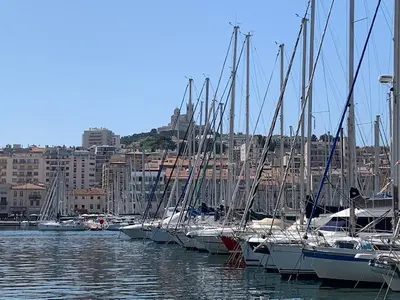



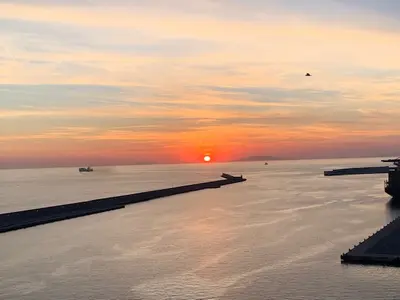


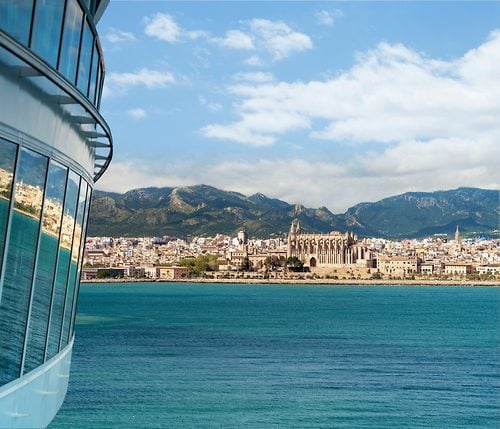

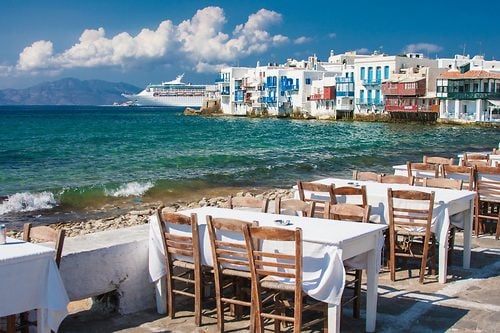
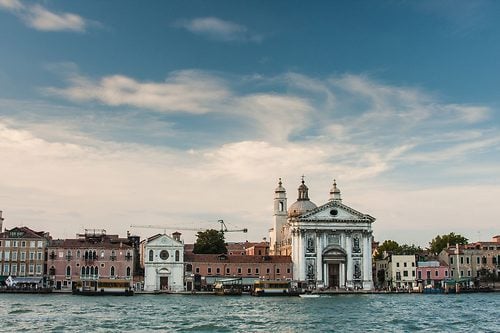
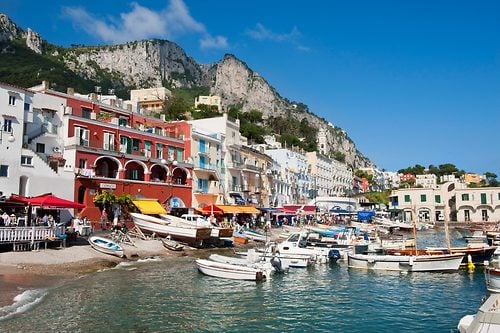
.jpg?itok=Aca5LHYz)
.jpg?itok=XRTaUtQg)
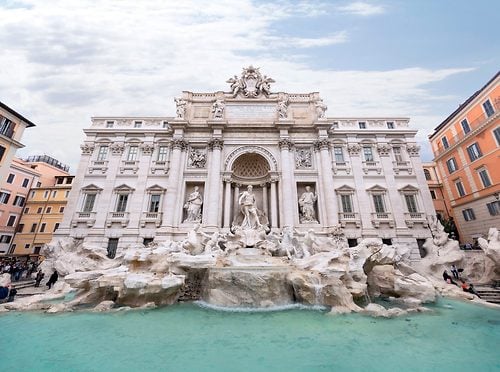
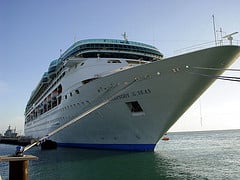 In June 2015, Rhapsody of the Seas will mark Royal Caribbean’s first time in the Black Sea, offering passengers three round-trip sailings, 10- and 11-night in duration, from Istanbul, Turkey. Guests will join the ship in making maiden port calls at Burgas, Bulgaria; Odessa, Yalta and Sevastapol, Ukraine; and Sochi, Russia, with overnight stays in Odessa, Sochi and Istanbul. Rhapsody of the Seas’ arrival at Istanbul will be preceded by a series of sailings that will reposition the ship from Sydney, Australia, to the Black Sea on Apr. 17, 2015. The ship will sail Australia’s north coast to Singapore; follow the Indian sub-continental coast to Dubai; and transit the Suez Canal into the Mediterranean to arrive for the summer season on June 1.
In June 2015, Rhapsody of the Seas will mark Royal Caribbean’s first time in the Black Sea, offering passengers three round-trip sailings, 10- and 11-night in duration, from Istanbul, Turkey. Guests will join the ship in making maiden port calls at Burgas, Bulgaria; Odessa, Yalta and Sevastapol, Ukraine; and Sochi, Russia, with overnight stays in Odessa, Sochi and Istanbul. Rhapsody of the Seas’ arrival at Istanbul will be preceded by a series of sailings that will reposition the ship from Sydney, Australia, to the Black Sea on Apr. 17, 2015. The ship will sail Australia’s north coast to Singapore; follow the Indian sub-continental coast to Dubai; and transit the Suez Canal into the Mediterranean to arrive for the summer season on June 1. 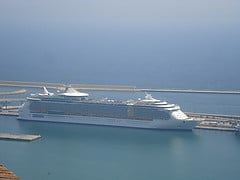 Liberty of the Seas will be one of four Royal Caribbean ships to call on Naples this year. In 2014, Naples will be a port of call when Oasis of the Seas arrives for a short European cruise season as well. All of this is "a great opportunity for the city in terms of economic return and tourism development."
Liberty of the Seas will be one of four Royal Caribbean ships to call on Naples this year. In 2014, Naples will be a port of call when Oasis of the Seas arrives for a short European cruise season as well. All of this is "a great opportunity for the city in terms of economic return and tourism development."